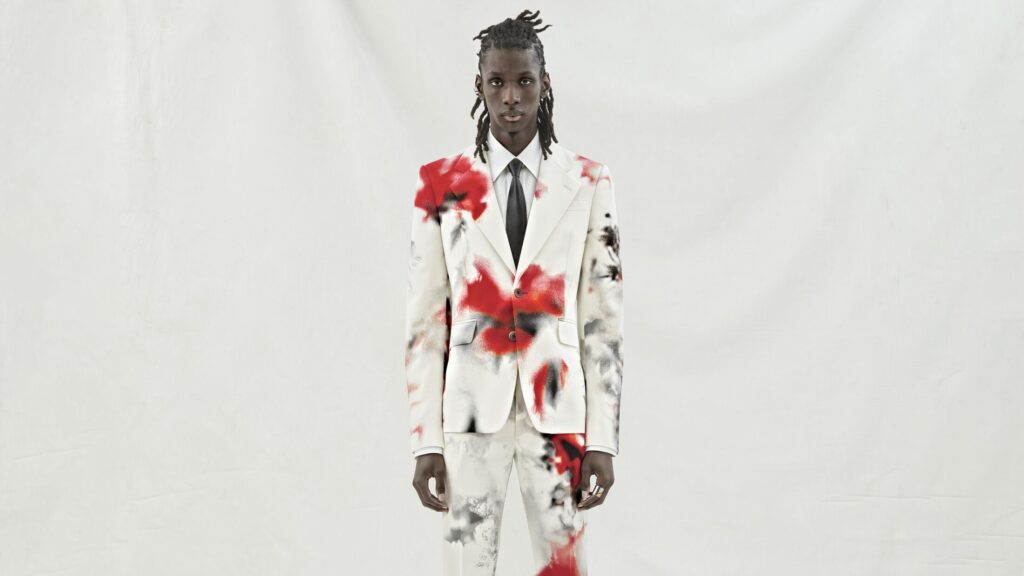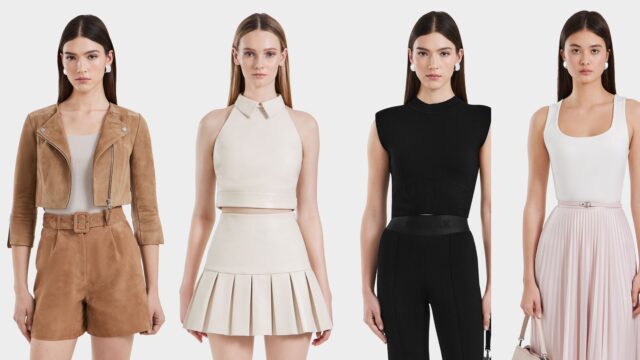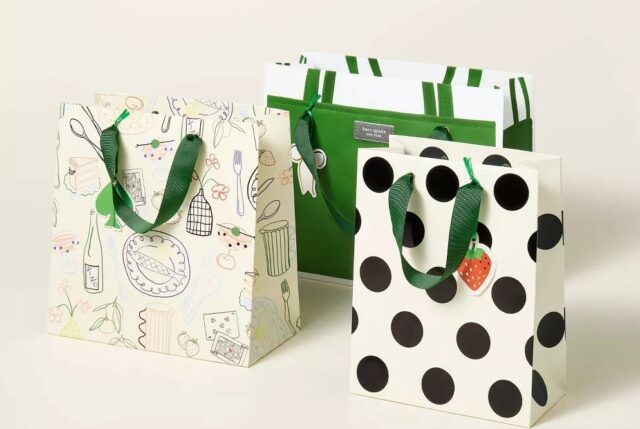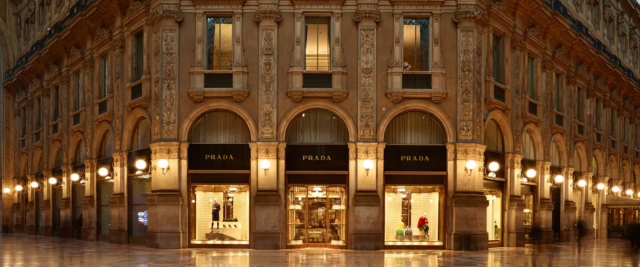Fashion Industry Makes New Major Style Shift
Recent fashion weeks have produced a graceful overlap between fashion and style, leading to a major shift in the fashion industry.
Summer 2024 #Burberry pic.twitter.com/G48OThn4qn
— Burberry (@Burberry) September 24, 2023
#MarkFoster, #JuliaGarner, #PaulMescal, @MarkRonson, #SophieWilde, @janniksin, and #EleonoraGoldoni at #GucciAncora pic.twitter.com/mDknsGcLQU
— gucci (@gucci) September 26, 2023
Based on current fashion week news, it’s no surprise that many designers and their teams turned to the archives for inspiration. Between Daniel Lee’s ‘Burberry Blue,’ Peter Do’s homage to Helmet Lang’s 90’s edge, and Sabato de Sarno’s reimagining of classic Italian style, there is no question these designers succeeded in unearthing the concept of style in the fashion industry. “With several new or newish creative directors in charge, it has felt like time to take a big step forward and create real synergy between the past, present, and future,” states Harper’s Bazaar Brooke Bobb.
The first fashion shows date back as far as the 1860s. Then, fashion became a collection of techniques used to practically emphasize the beauty of the feminine physique. Trousers, dresses with elegant silhouettes, suites designed specifically for the female figure, structured coats, etc. All these stylistic elements and many more have stood the test of time in some restored form or another. Designers like Lee Alexander McQueen’s interpretation of the word ‘show’ was to create a fabulous spectacle of fashion and consumerism. Ultimately causing a rift between style and fashion.
“The Spring 2024 collection was elevated and elegant without any pomp or pointedness,” says Bobb. History truly repeats itself. The fashion shows now emphasize the style of the pieces. Almost as though designers are asking themselves, “What would today’s consumers buy in hopes of having it in their wardrobe for years to come?” This a valid question, considering the average consumer recently leans more toward saving than not. Ph5 founder Wei Lin tells Fashionista, “Inflation worries me on a grand scale. Banks are having trouble, tech companies are going down, and big companies are letting people go. A lot of these factors are going to affect the fashion industry and the overall behavior of consumers. People have less and less disposable income to go shopping.”
There is no doubt fashion will always be relevant. It is, after all, a form of escapism from dreary daily routines. However, style is a way for the individual to isolate themselves and celebrate their individualism in a more discrete approach. It seems fashion houses are understanding the economic and cultural shift. The average consumer should find encouragement in purchasing one good, practical, though unconventional piece rather than constantly chasing the next best thing.
In Megan O’Sullivan’s article from Vogue, read about London streetwear looks during London Fashion Week. Ana Colon’s article from Fashionista discusses the economic struggles of running a fashion brand. Learn more about Milan Fashion Week’s heritage-filled collection in Brooke Bobb’s article from Harper’s Bazaar.






